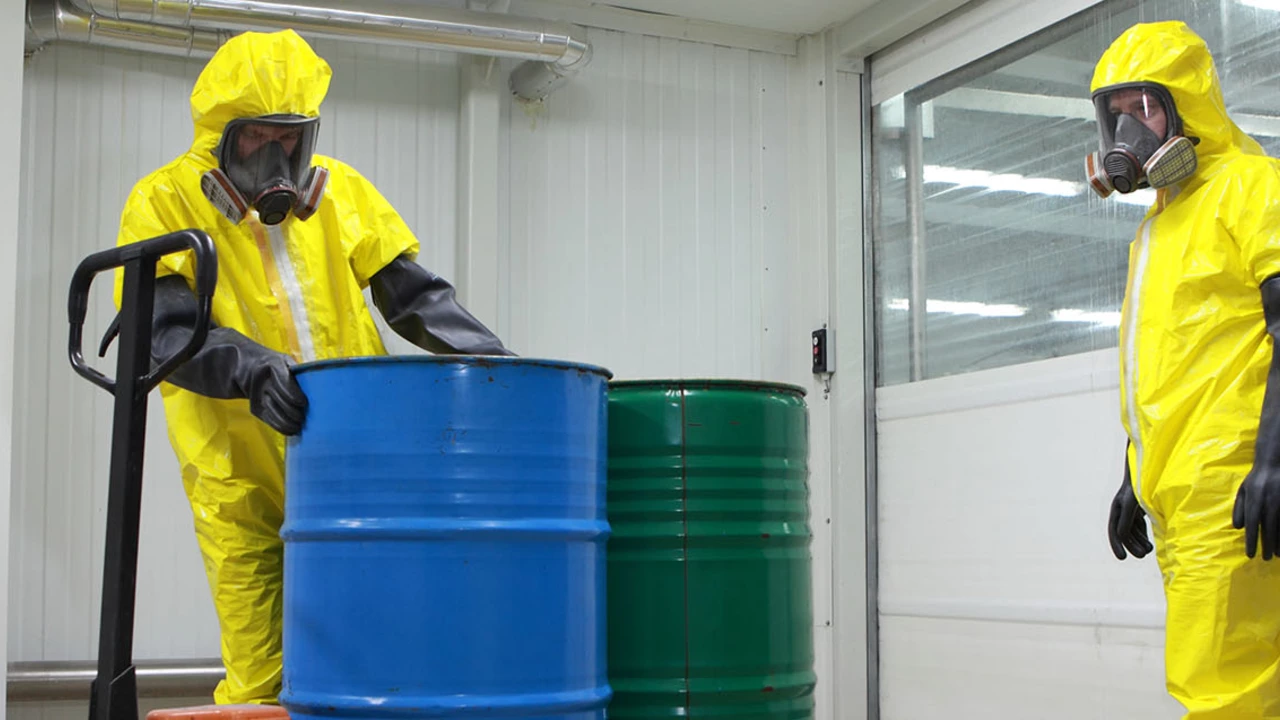Understanding the Basics of Aluminium Hydroxide
In this section, we will go over the basics of aluminium hydroxide. Aluminium hydroxide is a chemical compound with the formula Al(OH)3. It is found in nature as a mineral called gibbsite (also known as hydrargillite). It's widely used in industry and medicine. For example, it's used as an antacid, and in the manufacturing of glass and ceramics, among other things. Because of its many uses, it's essential to know how to handle and store it properly.
The Properties of Aluminium Hydroxide
Before we delve into the proper handling and storage of aluminium hydroxide, it's important to understand its properties. Aluminium hydroxide is a white, odorless, crystalline powder that's insoluble in water. However, it does dissolve in acids and alkalis. It's also amphoteric, meaning it can act as both an acid and a base. These properties can affect how it should be handled and stored.
Safe Handling of Aluminium Hydroxide
When handling aluminium hydroxide, safety should be your primary concern. Always wear protective clothing, including gloves and eye protection, when handling this compound. Don't eat, drink, or smoke while handling aluminium hydroxide. After handling, always wash your hands thoroughly. If the compound comes into contact with your skin or eyes, wash the area immediately with plenty of water.
Proper Storage of Aluminium Hydroxide
Storing aluminium hydroxide properly is just as important as handling it safely. It should be stored in a cool, dry place away from heat and open flames. It should also be kept away from incompatible materials like strong acids and oxidizing agents. The container should be tightly closed when not in use. And remember, always keep it out of reach of children and pets.
First Aid Measures
If you or someone else is exposed to aluminium hydroxide, it's important to know what first aid measures to take. If swallowed, call a poison control center or doctor immediately. If inhaled, move to fresh air and seek medical attention if you feel unwell. If it comes into contact with your skin, wash the area thoroughly with soap and water. If it gets into your eyes, rinse cautiously with water for several minutes and seek medical attention if irritation persists.
Emergency Procedures
In the event of a spill or accidental release of aluminium hydroxide, it's important to know what emergency procedures to follow. Evacuate the area and avoid breathing dust. Use appropriate protective equipment to clean up the spill. Sweep up the material and place it in a suitable container for disposal. Then, wash the spill area with plenty of water.
Disposal Considerations
When it comes to disposing of aluminium hydroxide, there are several considerations to keep in mind. It should not be discharged into the environment without proper governmental permits. It should be disposed of in compliance with local, state, and federal regulations. If you're unsure of how to dispose of it, consult with a waste disposal professional.
Transport Information
Transporting aluminium hydroxide requires careful consideration as well. It should be transported in a secure, upright position to prevent any accidental spills or leaks. It should be kept separate from incompatible materials. And remember, always follow local, state, and federal regulations when transporting hazardous materials.
Regulatory Information
Lastly, it's important to be aware of the regulatory information regarding aluminium hydroxide. It's regulated by several governmental agencies, including the Environmental Protection Agency (EPA), the Occupational Safety and Health Administration (OSHA), and the Food and Drug Administration (FDA). Make sure you're in compliance with all relevant regulations when handling, storing, and disposing of aluminium hydroxide.
Conclusion
Handling and storing aluminium hydroxide properly is crucial for your safety and the safety of those around you. Always follow the guidelines outlined in this article and consult with a professional if you're unsure. Remember, safety should always be your top priority.


Comments (18)